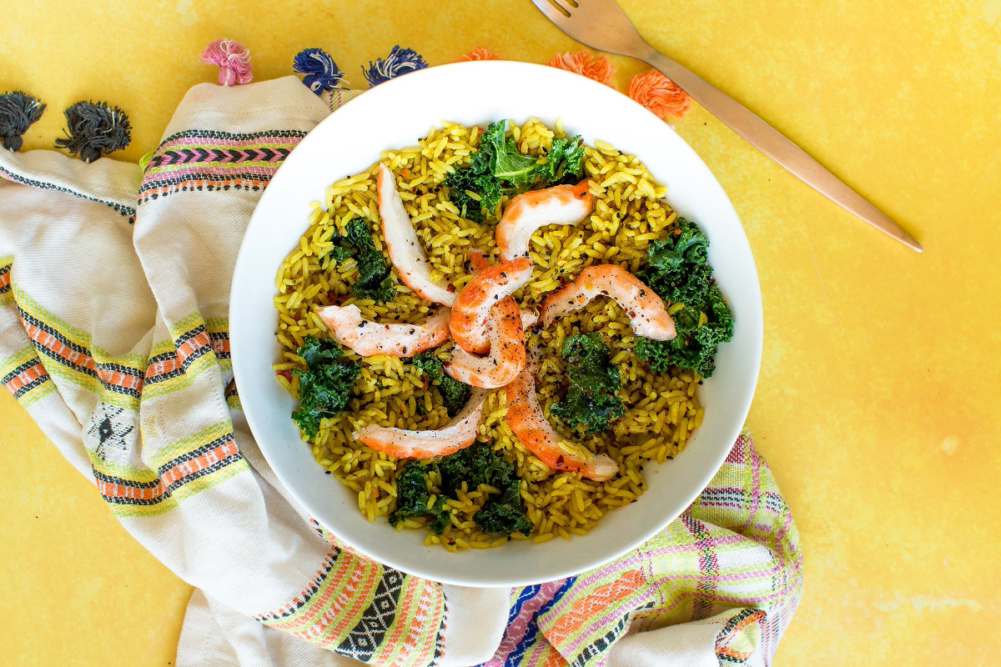Now that plant-based meat alternatives have taken hold in the market, fish and chicken alternatives are following. Hamburgers, fish filets and chicken nuggets all differ in texture and color, which means each alternative will require a different plant protein strategy.
“The firm bite and chew down of ground beef is quite different from the delicate and flaky texture of a fish filet,” says Shelley Rudisill, director of product development and applications, ADM Nutrition, for Archer Daniels Midland Co., Chicago. “For example, at ADM, we might use a textured protein crumble with high density for better chew and a textured protein flake for the lighter, flaky texture in a fish alternative.”
Beef and pork may have a more crumble-like texture, said Scott Cowger, vice president, national sales manager for Cereal Ingredients, Inc., Leavenworth, Kan. Chicken needs more of a layered texture, and fish requires larger chunks, he added.
Fish is an extremely tender meat, said Dawn Canon, PhD, a food scientist for Hormel Ingredient Solutions, Austin, Minn.
“By contrast, the texture of chicken is actually much closer to that of meat,” she says. “So achieving a similar firmness in a plant-based equivalent is less challenging. The real challenge is in matching the mild flavors of fish and chicken, which must compete with the strong flavors of plant-based protein ingredients.”
Hydrosol GmbH & Co. KG, a business of the Stern-Wywiol Gruppe and based in Ahrensburg, Germany, recommends a rice texturant for fish because of the color and soft bite, says Florian Bark, product manager.
“Our Stabiprot MixTex 60 WP is a popular basis for chicken alternatives,” he says. “It consists of wheat and pea protein and gives the long-fiber structure and light color typical of chicken meat.”
MGP Ingredients, Inc., Atchison, Kan., in April launched ProTerra textured wheat and pea proteins. They may be combined at a certain ratio to create a unique fibrous structure and mouthfeel or to improve the nutritional value of the final product, says Ody Maningat, PhD, chief science officer and vice president of R&D.
Developing a fibrous structure is a built-in target during extrusion of ProTerra textured wheat and pea proteins, he says. It is accomplished by proper choice of screw profile, extrusion conditions and addition of processing aids.
Potential applications for ProTerra ingredients are vegetable-based alternatives for chicken nuggets, chicken patties, crab cakes and taquitos.
“Because ProTerra textured wheat and pea proteins naturally appear light to light tan in color and tend to even lighten up after hydration, the addition of a coloring agent is not necessary for chicken and fish alternatives,” Dr. Maningat says. “Natural flavors available commercially can be added to the corresponding meat alternative. Addition of these flavors can be accomplished post-extrusion or during the formulation of meat alternative products.”




